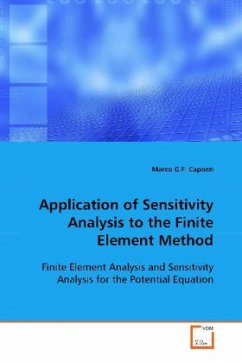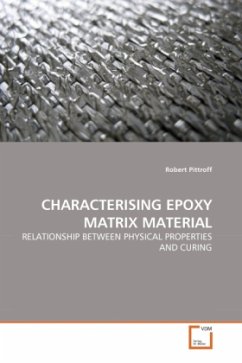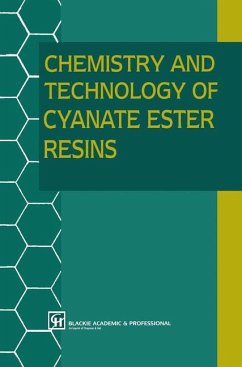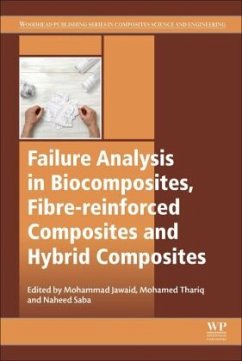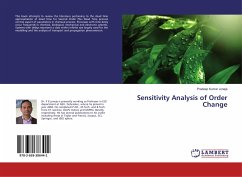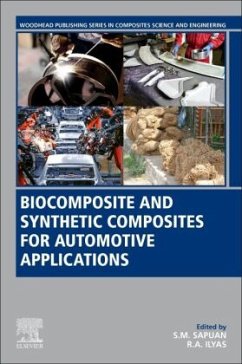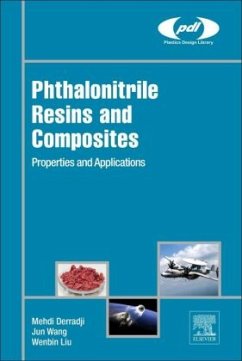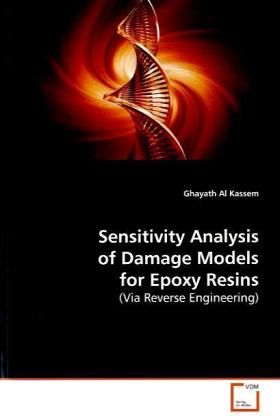
Sensitivity Analysis of Damage Models for Epoxy Resins
(Via Reverse Engineering)
Versandkostenfrei!
Versandfertig in 6-10 Tagen
32,99 €
inkl. MwSt.

PAYBACK Punkte
16 °P sammeln!
The parameters for damage models are determined viaa reverse engineering approach. The temporal development of the damage is simulated with cyclictension-compression tests, and the parameters of themodel are identified by the matching betweenexperiment and simulation. Moreover, an analysis of sensitivity for the relation between model parameters and damage evolution is to be examined.In addition, a design of experiment (DoE) is accomplished using the programs Ideas, Abaqus,OptiSLang and Cornerstone. The following are the three operational joints:-Background,1. Damage mechanics2. Experimental m...
The parameters for damage models are determined via
a reverse engineering approach. The temporal
development of the damage is simulated with cyclic
tension-compression tests, and the parameters of the
model are identified by the matching between
experiment and simulation. Moreover, an analysis of
sensitivity for the relation between model
parameters and damage evolution is to be examined.
In addition, a design of experiment (DoE) is
accomplished using the programs Ideas, Abaqus,
OptiSLang and Cornerstone. The following are the
three operational joints:
-Background,
1. Damage mechanics
2. Experimental methods to determine the material
-parameters,
1. Evaluation methods for cyclic fatigue tests
2. Software (IDEAS, ABAQUS, OptiSLang, Cornerstone)
3. Models and their implementations
-Computations,
1. Selection of the material models
2. Planning DoE (Cornerstone)
3. Executing DoE (OptiSLang, ABAQUS) 16
. Analyzing DoE (Cornerstone, OptiSLang)
-Evaluation,
1. Models Suitability for reverse engineering
approach
2. Parameter identification strategies improvement
3. Formulation of alternative models and/or extension
of the experimental database.
a reverse engineering approach. The temporal
development of the damage is simulated with cyclic
tension-compression tests, and the parameters of the
model are identified by the matching between
experiment and simulation. Moreover, an analysis of
sensitivity for the relation between model
parameters and damage evolution is to be examined.
In addition, a design of experiment (DoE) is
accomplished using the programs Ideas, Abaqus,
OptiSLang and Cornerstone. The following are the
three operational joints:
-Background,
1. Damage mechanics
2. Experimental methods to determine the material
-parameters,
1. Evaluation methods for cyclic fatigue tests
2. Software (IDEAS, ABAQUS, OptiSLang, Cornerstone)
3. Models and their implementations
-Computations,
1. Selection of the material models
2. Planning DoE (Cornerstone)
3. Executing DoE (OptiSLang, ABAQUS) 16
. Analyzing DoE (Cornerstone, OptiSLang)
-Evaluation,
1. Models Suitability for reverse engineering
approach
2. Parameter identification strategies improvement
3. Formulation of alternative models and/or extension
of the experimental database.



